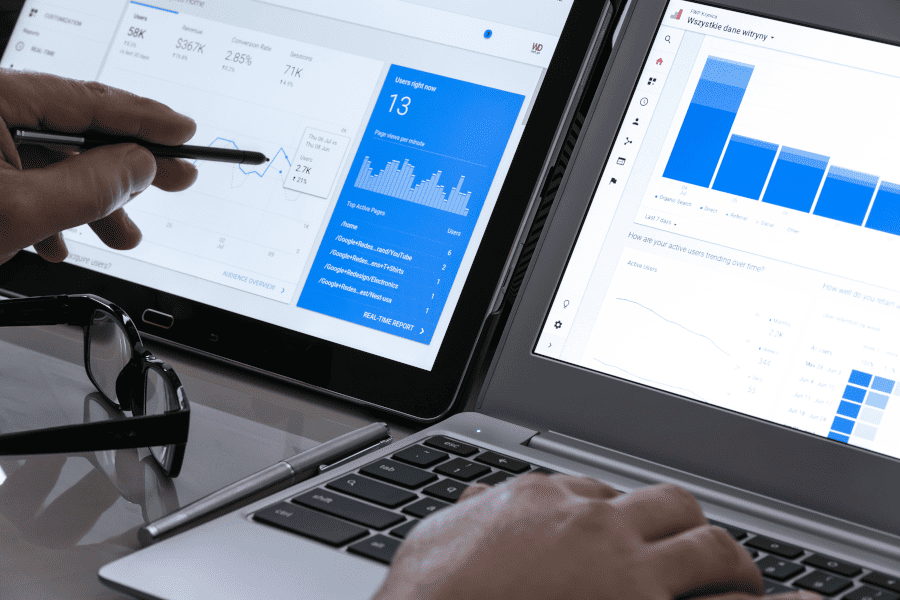In the dynamic world of digital marketing, the integration of Google Ads with your search engine optimization (SEO) strategy can lead to a powerful synergy. This approach maximizes visibility, drives targeted traffic, and amplifies the reach of your online presence.
Understanding the Relationship Between Google Ads and SEO
Google Ads and SEO might seem like opposite ends of the spectrum – one paid, the other organic. Yet, they complement each other in several ways:
- Immediate Visibility: Google Ads can provide immediate visibility on search engine results pages (SERPs), while SEO efforts gradually build organic presence.
- Keyword Insights: Data from Google Ads can offer valuable insights into keyword performance that can be leveraged for SEO.
- SERP Domination: Using both can lead to dominating SERPs, with your ads and organic listings appearing together.
Harnessing the Power of Google Ads for SEO
Utilizing Keyword Data
- Identify High-Performing Keywords: Use Google Ads data to identify which keywords convert well and prioritize them in your SEO.
- A/B Testing for SEO: Test meta titles and descriptions in Google Ads to find the best-performing variations.
Remarketing with Google Ads
- Boost Engagement: Target users who have visited your site but haven’t converted, encouraging them to return.
- Personalized Ads: Tailor your messaging based on the specific pages users visited on your site.
Creating a Cohesive Strategy
Aligning Your Goals
- Brand Awareness: Use Google Ads for broader terms while honing in on niche keywords with SEO.
- Conversion-Driven Campaigns: Align your Google Ads with high-intent SEO keywords for a focused approach to conversions.
Budget Optimization
- Allocate Budget Smartly: Invest in Google Ads for competitive keywords while using SEO for long-tail, specific phrases.
- Cost-Effective Visibility: Use Google Ads to maintain visibility for keywords where SEO ranking is challenging.
Measuring Success and Making Adjustments
Monitoring and Analytics
- Integrated Analytics: Use tools like Google Analytics to track performance across both paid and organic channels.
- KPI Alignment: Ensure your key performance indicators (KPIs) reflect both SEO and Google Ads objectives.
Continuous Optimization
- SEO Informed by PPC: Continuously optimize your SEO strategy based on insights gained from Google Ads performance.
- Adapt to Trends: Stay agile by updating both your Google Ads and SEO strategies in response to market and search trend changes.
Navigating the Challenges of Integration
Balancing Investment
- Cost vs. Benefit: Regularly review the ROI of Google Ads and SEO to balance your investment appropriately.
- Risk Management: Diversify your strategy to protect against algorithm changes that can impact organic traffic.
Overcoming Common Pitfalls
- Keyword Cannibalization: Ensure your Google Ads aren’t competing against your organic listings for the same keywords.
- Message Consistency: Align the messaging and content between your Google Ads and SEO for a cohesive user experience.
Conclusion
Merging Google Ads with your SEO strategy isn’t just a good practice; it’s a holistic approach to digital marketing. By understanding and leveraging the strengths of both, you can increase your brand’s visibility, drive more relevant traffic to your site, and ultimately, improve your bottom line.
